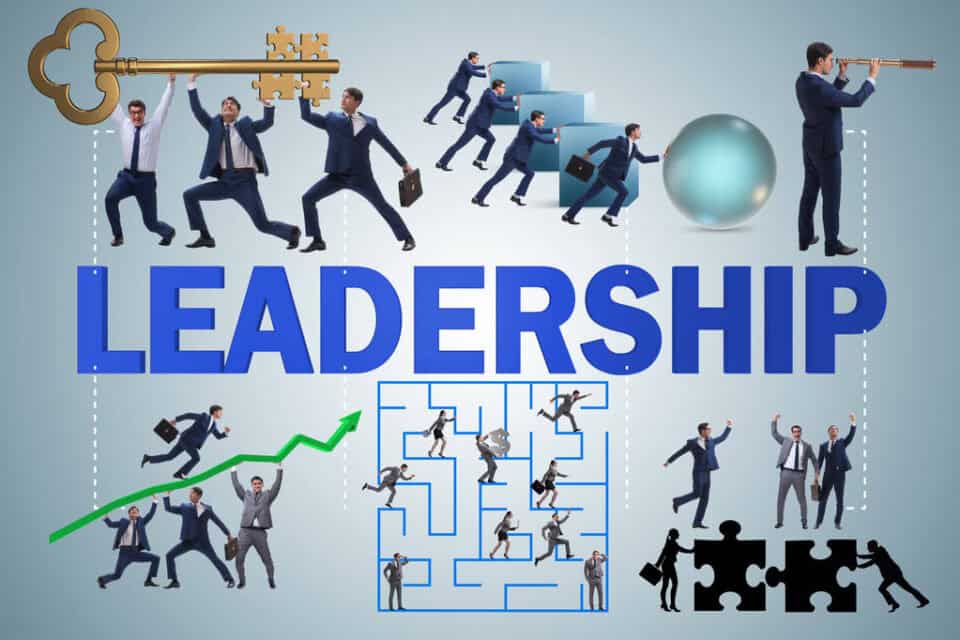
The future of AI product management is rapidly unfolding as artificial intelligence transforms industries. AI Product Managers must blend product sense, data science skills, and ethical oversight to thrive. From building AI-powered software products to guiding empowered team product management, this role demands agility, innovation, and a strong grasp of regulatory, ethical, and bias considerations that shape responsible AI systems.








